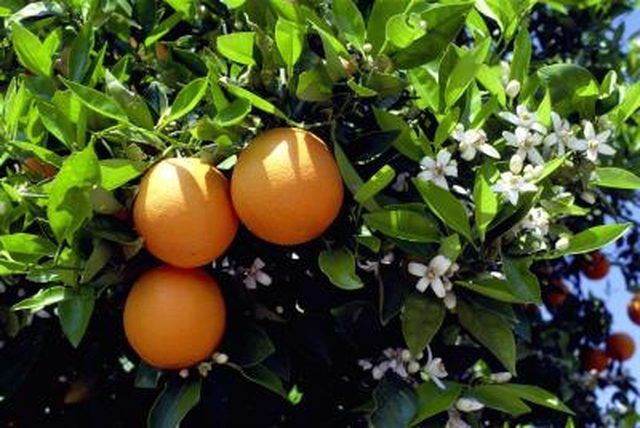Bulbs
Flower Basics
Flower Beds & Specialty Gardens
Flower Garden
Garden Furniture
Garden Gnomes
Garden Seeds
Garden Sheds
Garden Statues
Garden Tools & Supplies
Gardening Basics
Green & Organic
Groundcovers & Vines
Growing Annuals
Growing Basil
Growing Beans
Growing Berries
Growing Blueberries
Growing Cactus
Growing Corn
Growing Cotton
Growing Edibles
Growing Flowers
Growing Garlic
Growing Grapes
Growing Grass
Growing Herbs
Growing Jasmine
Growing Mint
Growing Mushrooms
Orchids
Growing Peanuts
Growing Perennials
Growing Plants
Growing Rosemary
Growing Roses
Growing Strawberries
Growing Sunflowers
Growing Thyme
Growing Tomatoes
Growing Tulips
Growing Vegetables
Herb Basics
Herb Garden
Indoor Growing
Landscaping Basics
Landscaping Patios
Landscaping Plants
Landscaping Shrubs
Landscaping Trees
Landscaping Walks & Pathways
Lawn Basics
Lawn Maintenance
Lawn Mowers
Lawn Ornaments
Lawn Planting
Lawn Tools
Outdoor Growing
Overall Landscape Planning
Pests, Weeds & Problems
Plant Basics
Rock Garden
Rose Garden
Shrubs
Soil
Specialty Gardens
Trees
Vegetable Garden
Yard Maintenance
Black Spots on the Leaves of a Citrus Tree
Black Spots on the Leaves of a Citrus Tree. Black spots on a citrus tree may be symptomatic of sooty mold, a minor problem that can be easily remedied with soapy water or insecticide, according to Texas A&M University's AgriLife Extension.

Black spots on a citrus tree may be symptomatic of sooty mold, a minor problem that can be easily remedied with soapy water or insecticide, according to Texas A&M University's AgriLife Extension.
Causes
Spread by insects such as scales, whiteflies, aphids and mealybugs with piercing mouth parts, sooty mold occurs when the insect deposits honeydew excrement onto the leaves of the citrus tree. Sooty mold is not usually seen in dry, desert climates.
Symptoms
Sooty mold appears as a black, spotted fungal growth on leaves, fruit, twigs and branches of citrus trees. Other symptoms can include a delay in the citrus fruit's coloring, spirals of eggs on the undersides of leaves or the presence of small black insects.
Control
To remove sooty mold from and prevent further outbreak, the Arizona Cooperative Extension recommends using mild soap to wash away the mold, as well as removing the insect population. Horticultural oil and insecticide can be used to eradicate the insect population.